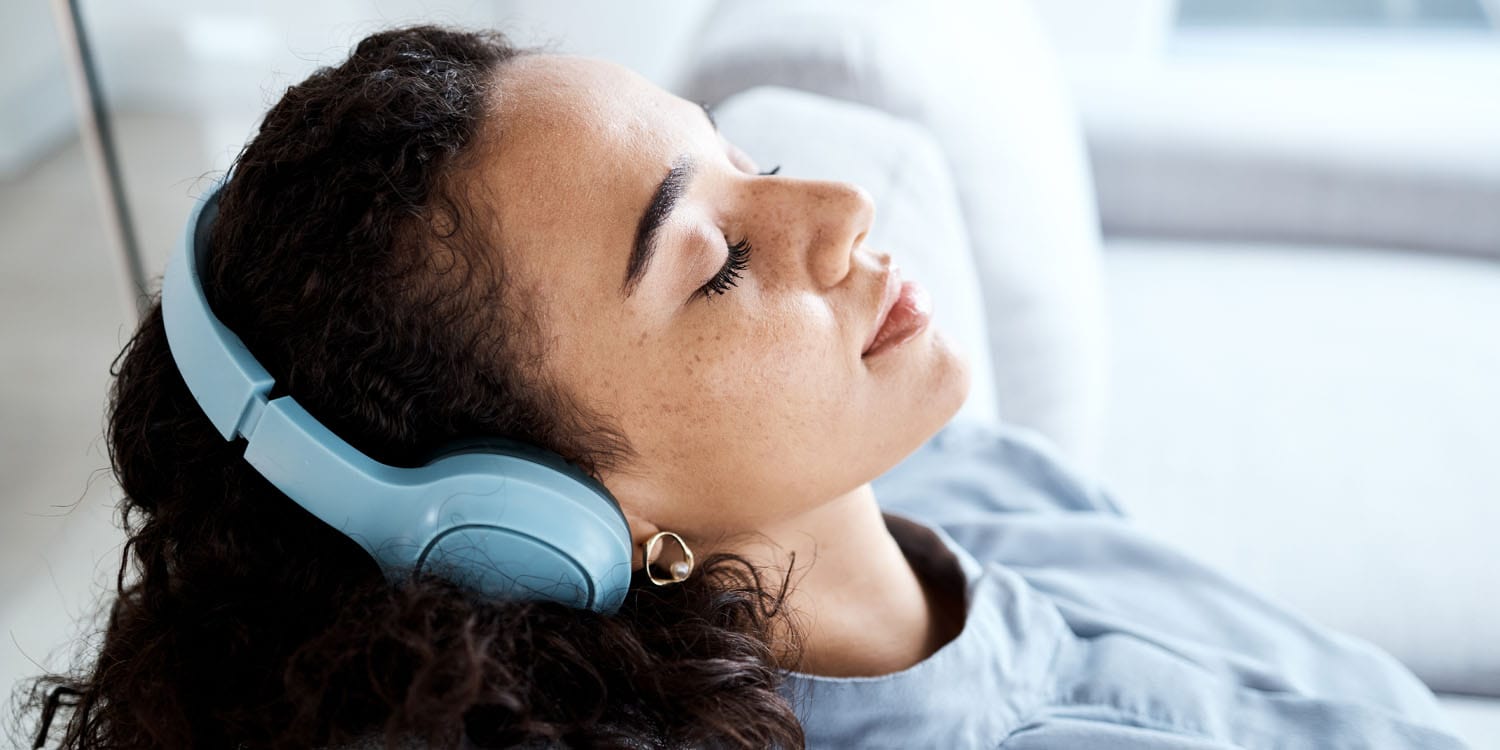A study conducted in Switzerland on individuals with treatment-resistant depression suggests that these patients might better tolerate intranasal esketamine or racemic ketamine therapy when they listen to music during treatment. The study found that patients who listened to music experienced lower anxiety and slightly reduced blood pressure. The research was published in Frontiers in Psychiatry.
Depression is a mental health disorder characterized by persistent feelings of sadness, hopelessness, and a lack of interest or pleasure in activities. It can lead to various emotional and physical problems, impairing one’s ability to function in daily life. Depression is typically treated with a combination of antidepressant medication and psychotherapy. However, a significant percentage of individuals with depression do not experience symptom relief with these treatments.
When an individual does not respond adequately to standard antidepressant treatments after trying at least two different medications, they are considered to have treatment-resistant depression. Researchers are actively exploring new treatment options for this challenging condition, and one promising option is ketamine, particularly its S(+) molecular configuration variant, known as esketamine.
Esketamine is primarily used for its rapid-acting antidepressant effects in treating treatment-resistant depression. It is usually administered as a nasal spray. However, the effective dose can vary widely among individuals. While some patients experience a reduction in depressive symptoms with relatively small doses, others require much higher doses. Another similar but less expensive medication is racemic ketamine, which contains two molecular variants of ketamine: esketamine (S(+) ketamine) and R(+) ketamine. The authors of this study used the term (es)ketamine to refer to both types of medication.
Study author Johannes Hauser and his colleagues note that patients receiving (es)ketamine nasal spray therapy sometimes report side effects such as dizziness, blurred vision, headache, dissociation (a disruption or discontinuity in the normal integration of consciousness, memory, identity, emotion, perception, body representation, motor control, and behavior), anxiety, restlessness, and elevated blood pressure and heart rate. The researchers sought to determine whether these side effects might be less severe if patients listened to music during treatment.
The researchers collected data from 494 sessions of (es)ketamine nasal spray administration involving 37 patients with depression in Basel, Switzerland. During each session, patients received up to four administrations of (es)ketamine spray, with a five-minute interval between each. In some sessions, patients listened to music, while in others they did not. Patients could choose to listen to their own music using headphones if they wished. The average age of the participants was 47 years, and 65% were female.
Before starting the therapy, patients completed an assessment of depression (BDI-II) and had their blood pressure measured. After receiving (es)ketamine, participants underwent multiple blood pressure measurements over an 80-minute period, completed an assessment of dissociative symptoms (DSS-IV), and a physician rated their depressive symptoms using the clinician-rated Montgomery–Åsberg Depression Rating Scale.
Results showed that patients listened to music during 52% of sessions, with 46% of patients listening to music in more than half of their sessions. The music was most often instrumental and relaxing. Patients who listened to music received slightly higher doses of the medication, which the study authors interpreted as better tolerance for higher doses. These individuals also had slightly lower blood pressure after medication administration (137.9 mmHg vs. 140.3 mmHg), lower anxiety scores, and lower scores on one item from the dissociative symptoms assessment.
“Listening to music during intranasal (es)ketamine therapy appears to be linked to reduced anxiety and lower blood pressure, stable or increased dissociation levels, and improved tolerance for higher doses. These findings could potentially contribute to the optimization of (es)ketamine therapy, both in terms of treatment efficacy and managing side effects,” the study authors concluded.
While the study provides some insight into the relationship between listening to music and the experience of (es)ketamine nasal administration, it is important to note that patients decided for themselves whether to listen to music. Therefore, it remains unclear whether the observed differences were directly caused by the music, if individuals with certain characteristics were more likely to listen to music, or if patients chose to listen to music when they were less anxious.
The paper ,“Listening to music during intranasal (es)ketamine therapy in patients with treatment-resistant depression correlates with better tolerability and reduced anxiety,” was authored by Johannes Hauser, Jan Sarlon, Timur Liwinski, Annette B. Brühl, and Undine E. Lang.




